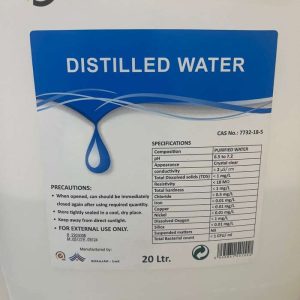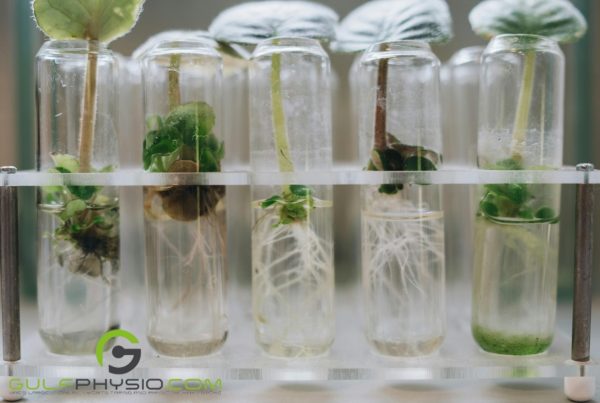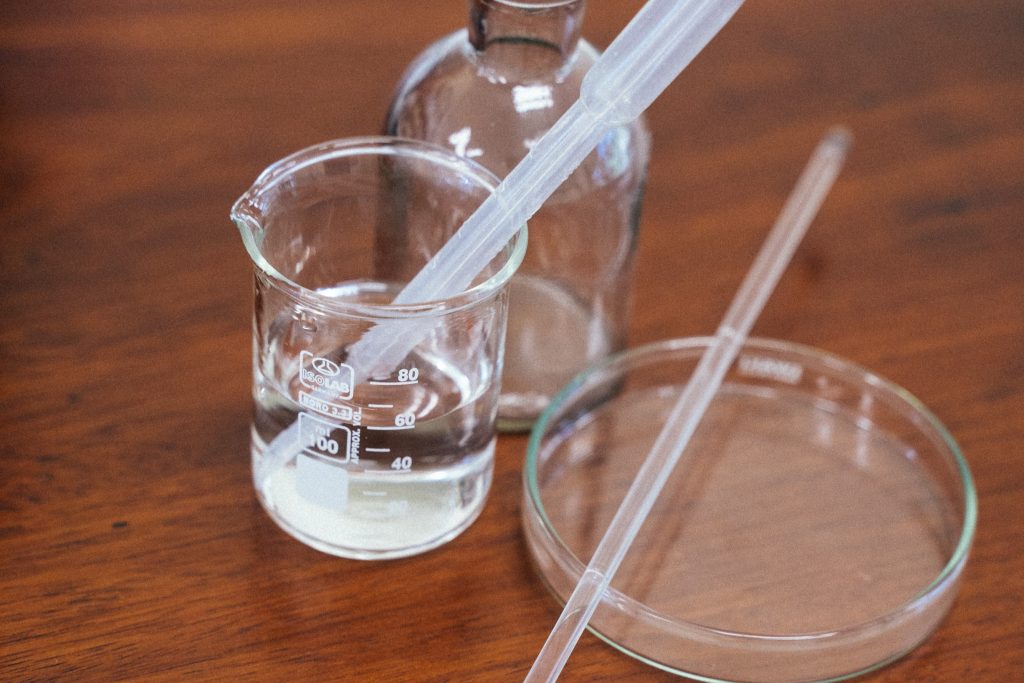
Distilled water is created by the process of distillation. It involves heating water to create vapour and then cooling the it back into liquid form in a separate container. This process leaves behind impurities and minerals in the original container. Here, we’ll go through several ways to distil water. There are three in total.
What Are the Three Ways to Distil Water?
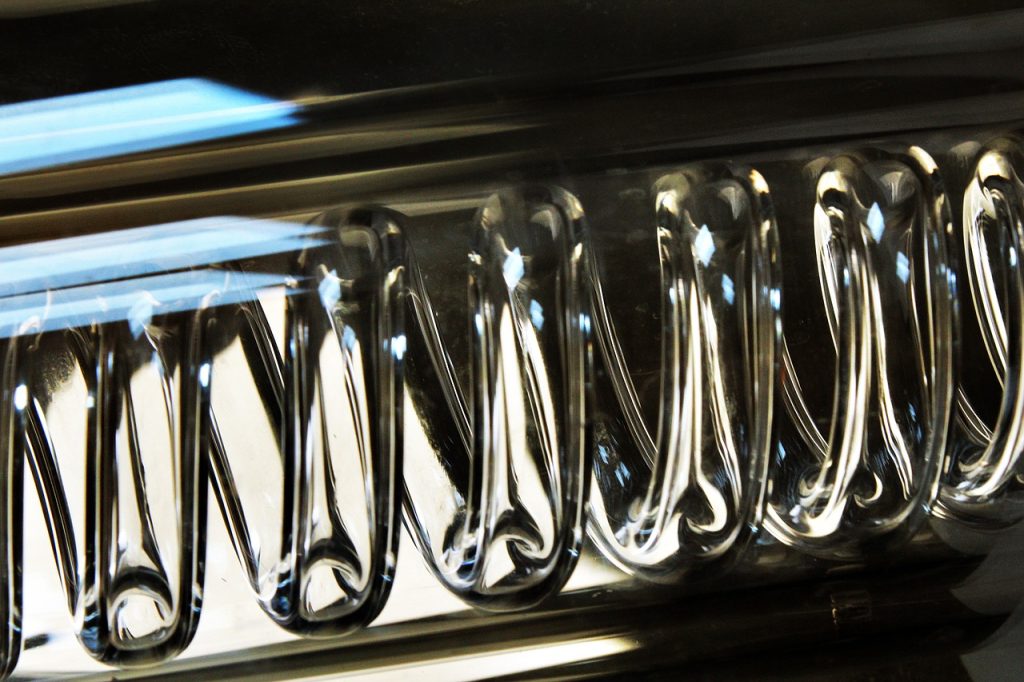
The first way to distil water is the straightforward at-home method. You distil water using common kitchen equipment.
The second way involves using solar energy. The energy slowly condenses the distilled water. The newly-distilled water is then collected in a trough before moving it to a portable jug.
The last way is for large-scale production. It’s mostly been utilised by industrial companies for this purpose. This way is further separated into two distinct subcategories. The first one is by vacuum distillation which uses less energy. The second one is the usage of high-capacity tanks.
Home Distillation Using Kitchen Equipment
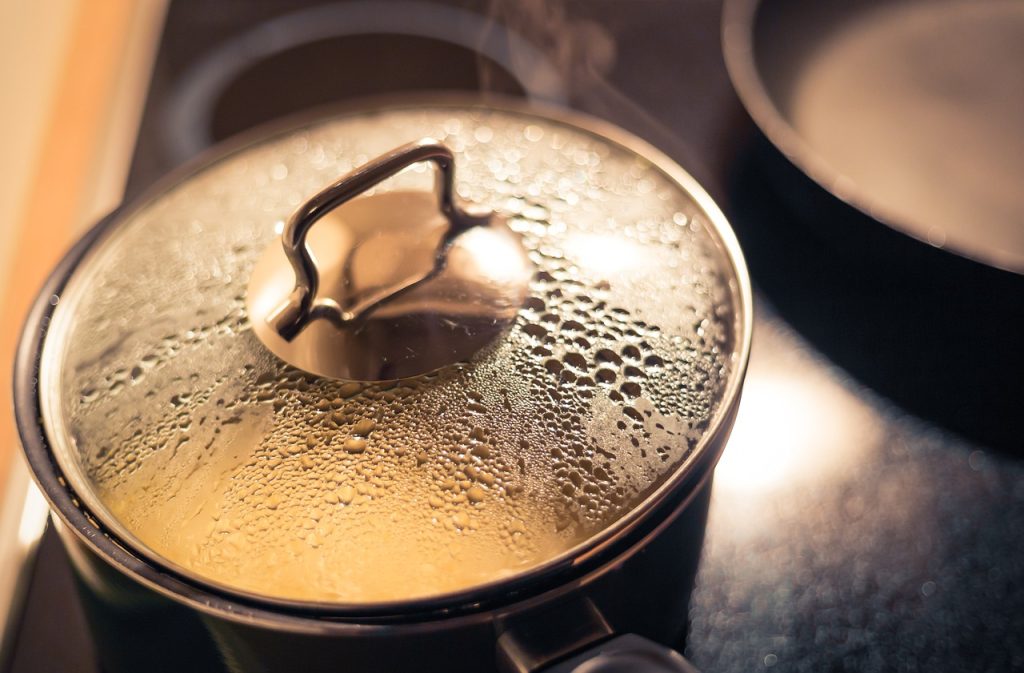
Home distillation is simple. As the water boils, steam rises, condenses on a cold lid, and droplets form. You then collect these droplets in the smaller pot.
This method provides a way to obtain distilled water using simple household items, making it a cost-effective and accessible option. It’s specifically convenient for individuals who require distilled water for specific purposes such as using humidifiers or CPAP machines.
Remember, the distilled water lacks minerals making it not ideal for daily drinking. But it can be very useful for other applications around the home.
1. Materials
- A large pot
- A small pot
- 8 cups Water
- Ice
- A stove
- A pair of oven mitts
2. Preparation
- Place the large pot on a stovetop burner and add 8 cups of water.
- Put the smaller pot inside the large pot so that it floats on the water.
3. Heating
- Turn on the burner to a heat level between medium and medium-high.
- Keep the water at a steady simmer (around 180 to 200 degrees Fahrenheit).
4. Condensation
- Place the lid of the large pot upside-down to allow condensed water to collect at the tip of the lid. The water will drip into the smaller pot.
- Put ice on top of the inverted lid to create a temperature difference that speeds up the condensation process.
5. Waiting
- You’ll need to wait for the water to heat, evaporate, and condense on the tip of the lid. The water will drip into the smaller pot.
- You might need to replenish the ice during this process.
6. Collection
Once the process is complete, the water collected in the smaller pot is your distilled water.
Solar Water Distiller
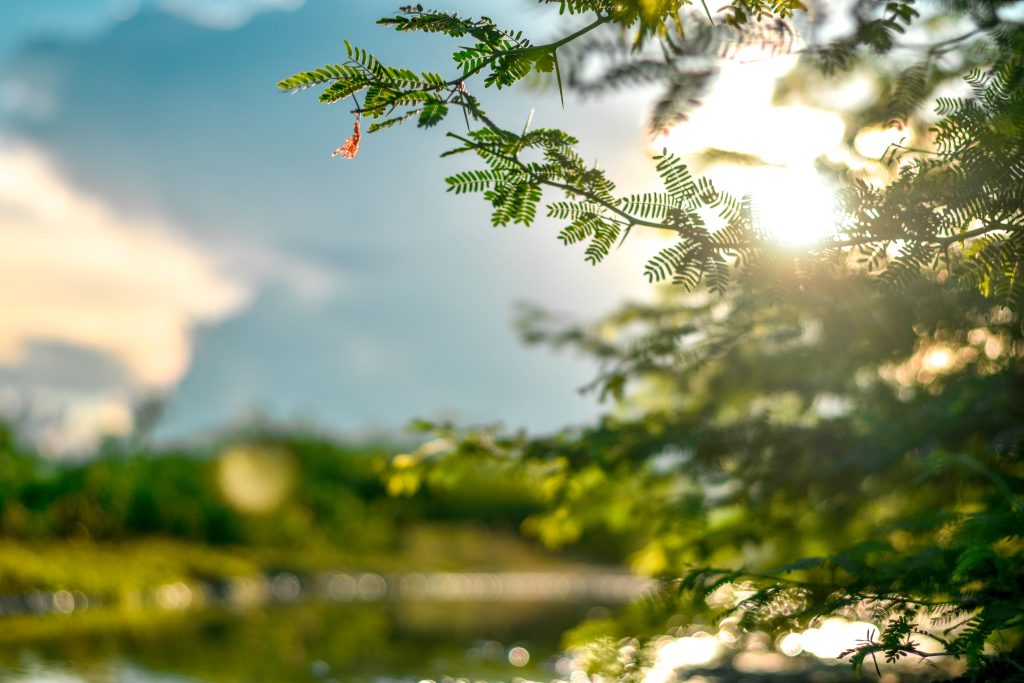
In this process, sunlight heats the water which causes it to evaporate. The water vapour rises and condenses on the glass. The new water is collected in a trough, from which it’s directed to a collection jug through silicone tubing.
This method is eco-friendly, utilizing solar energy, and can be set up with standard building materials. It’s designed for easy replication, requiring minimal maintenance. A process like this is capable of producing an average of 3 gallons of distilled water per day in the summer.
1. Materials
- A glass cover
- A sheet of black high-temperature silicone rubber
- A squeegee
- A clean trough
- Silicone tubing
- A container for collecting water
2. Preparation
- Construct a still box, and apply the silicone rubber to its base using the squeegee to create a sealed surface.
- Place the glass cover on the box, ensuring a good seal with the base.
3. Heating
- Fill the still with brackish water through an inlet near its base.
- Position the still to capture sunlight, heating the water and causing it to evaporate.
4. Condensation
- The evaporated water condenses on the underside of the glass cover and slides down to be collected in a trough.
5. Waiting
- Wait for the rest of the brackish water to slowly condense into distilled water in the trough.
6. Collection
- Channel the collected water out of the trough using silicone tubing into a collection container.
- Collect the distilled water, and clean the glass cover as needed to maintain efficiency.
Industrial Scale Distillation
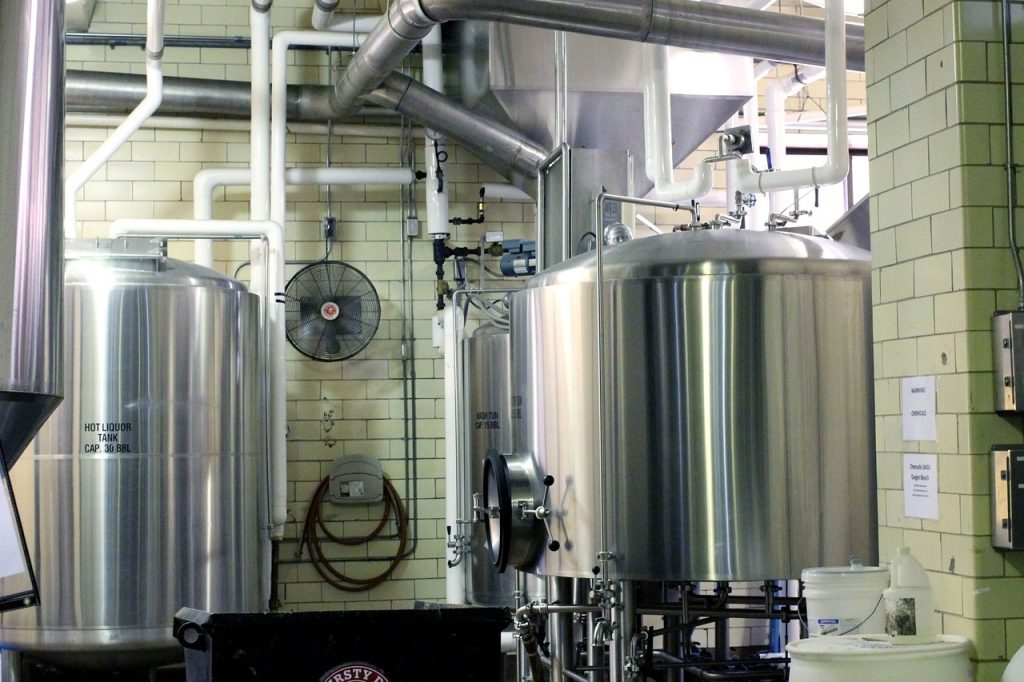
Industrial-scale distillation often involves large distillation plants with multiple boiling chambers, high-capacity heaters, and cooling systems, among other complex equipment. The processes are controlled and monitored for efficiency and quality, ensuring a consistent supply of distilled water for various needs.
As for vacuum distillation in industrial settings, it allows for a more energy-efficient and faster distillation process. It reduces the boiling point of water, making it a preferred method for large-scale water distillation.
1. Materials
- Design and set up a distillation plant with necessary equipment including boilers, condensers, vacuum pumps, and collection tanks.
2. Preparation
- Ensure all components are properly sealed to maintain a vacuum.
3. Creating a Vacuum
- Utilize vacuum pumps to create a reduced pressure environment which allows water to boil at lower temperatures, saving energy.
4. Heating
- Employ heaters to bring water to a boil under vacuum conditions.
5. Evaporation
- Allow water to evaporate; steam rises into the condensation chamber. The vacuum helps in reducing the boiling point, thus speeding up evaporation.
6. Condensation
- Cool the steam back into the water using sophisticated cooling systems. The vacuum also helps in improving the efficiency of condensation.
7. Collection
- Collect the distilled water in the clean, designated tanks.
8. Quality Control
- Monitor and control the process for quality and efficiency through various sensors and control systems. Ensure the distilled water meets the required purity standards.
9. Maintenance
- Regular inspection and maintenance of the vacuum system, heaters, and condensers to ensure optimal operation and longevity of the distillation plant.
For more information, take a look at our comprehensive guide to distilled water right here.

